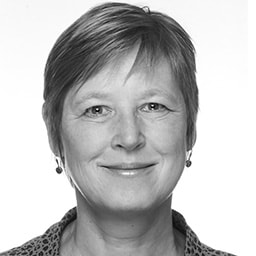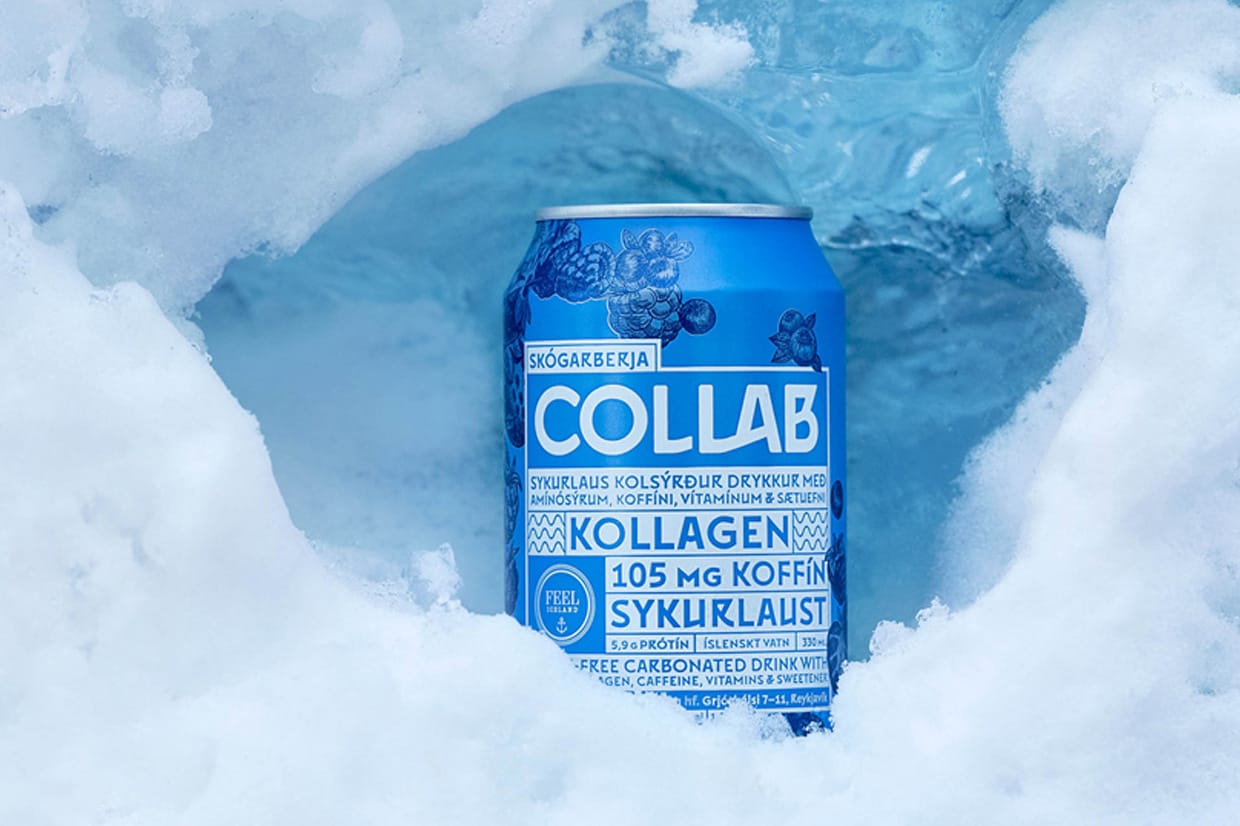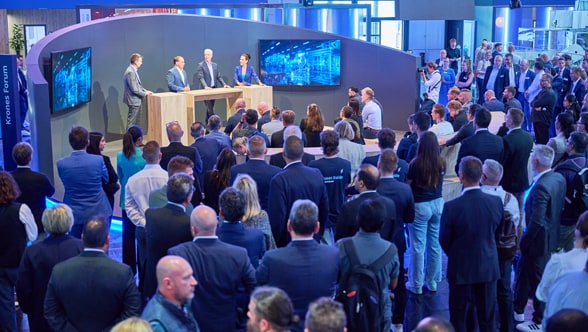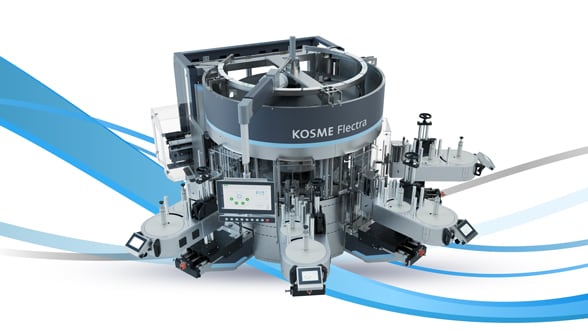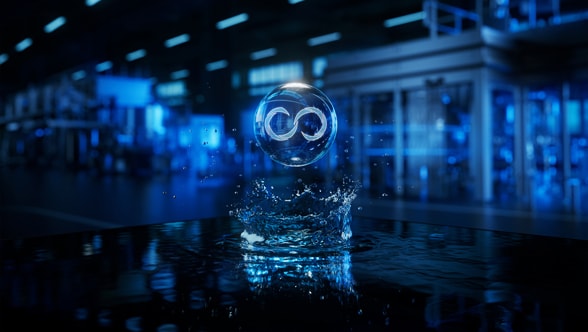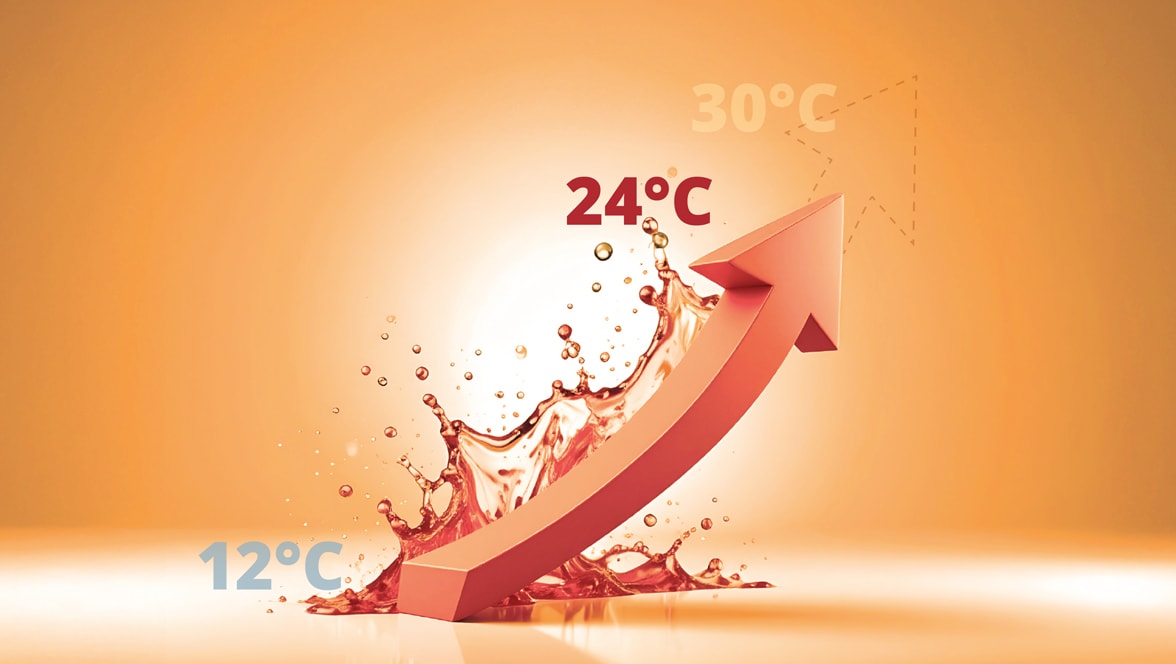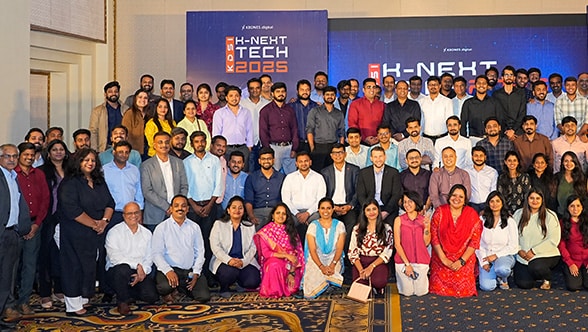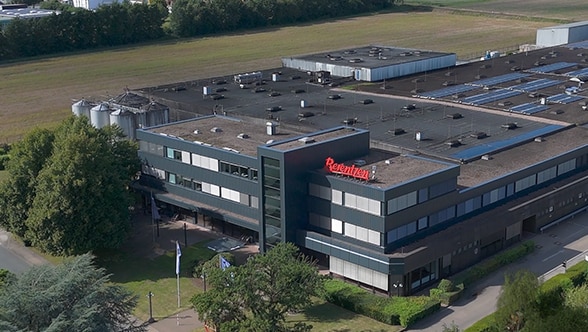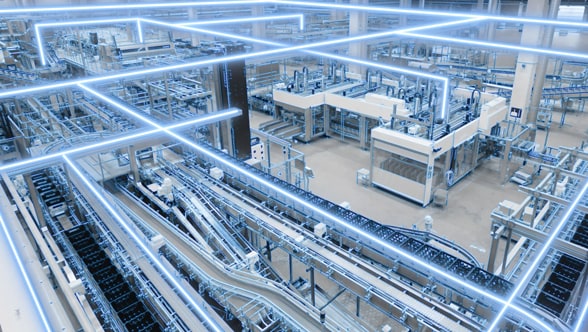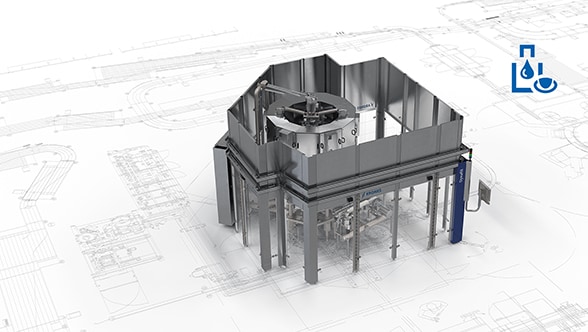Now let’s be honest: Who does not think it should be possible to get better results from their line? Whether it’s squeezing the last ounce of efficiency from a highly automated plant, or improving the production schedule of a line handling many different drinks?
Overall equipment effectiveness (OEE) often decreases gradually and almost imperceptibly: There are new suppliers, employees or products, or product change-overs do not go according to plan – the list of possible causes is nearly endless. When trying to improve key performance indicators, plant managers are frequently faced with a maze of parameters that could be fine-tuned. To choose the right ones, they must answer the following questions: What can be achieved under the specific conditions applying in their plant? What are the reasons why they haven’t got there yet? What measures are the most effective ones? Which of them make financial sense?
